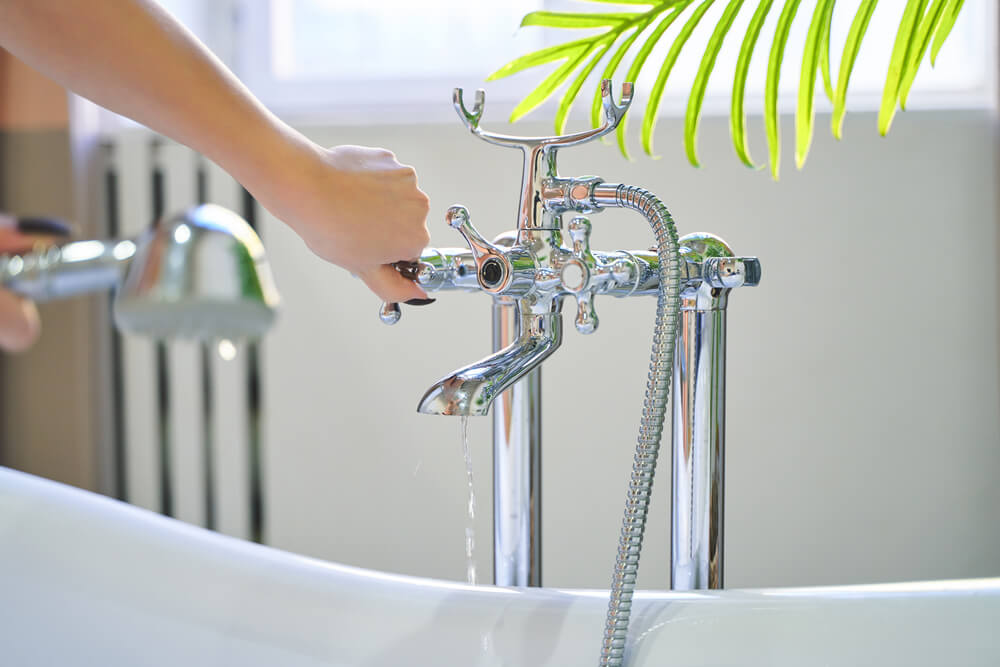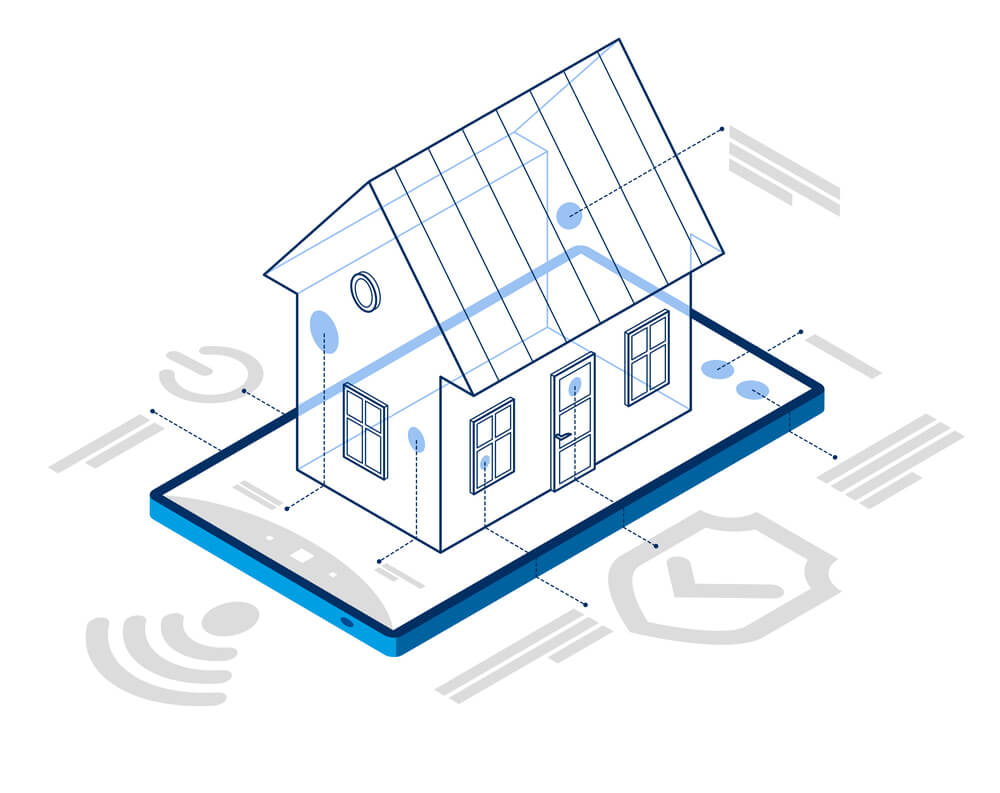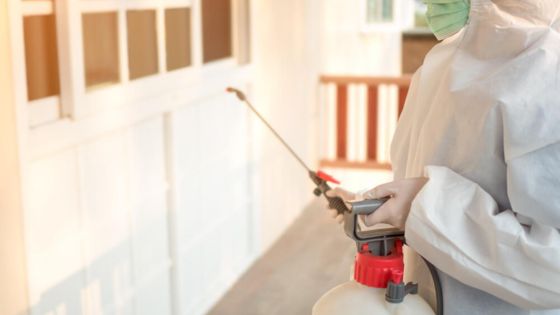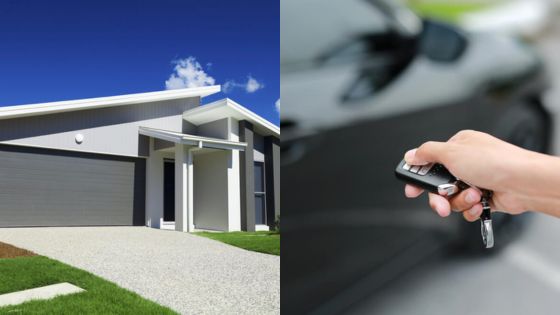

Keeping your dream home safe from water damage requires a proactive approach and regular maintenance. Water can be both a subtle and relentless adversary, finding its way into the smallest of spaces. By paying close attention to drainage systems, ensuring proper sealing of windows and doors, and regularly inspecting roofing and plumbing, you can effectively prevent costly water damage.
Your home is an investment, and protecting it from water escape is essential. Simple actions, like cleaning gutters and addressing leaks promptly, can save you from larger headaches in the future. Remember, prevention is always better than cure. Embrace the challenge and reward yourself with the peace of mind that comes from a home free of water damage.
Understanding Water Damage
Water damage can cause serious issues in your home, from structural deterioration to decreased property value. It’s crucial to understand the causes and effects to protect your investment and maintain a safe living environment.
Sources of Water Escape
There are numerous risks for water leaks in homes, stemming from various sources that can lead to potential damage. Leaky pipes often cause hidden harm within walls and ceilings. Faulty appliances, such as washing machines or dishwashers, can malfunction and release large amounts of water. Roof leaks are another common source, especially following heavy storms, letting rainwater seep through ceilings.
Plumbing issues or blocked gutters might lead to overflowing, directing water into places it shouldn’t be. Regular maintenance and inspections can help identify these issues before they escalate. Understanding these sources is key to preemptively tackling water escape problems. For more strategies on managing water escape, consider consulting licensed professionals.
Effects of Water Damage on Home Structure
Water damage can seriously affect your home’s structural integrity. Wood rot can weaken support beams, flooring, and other wooden elements, leading to expensive repairs. Water can also seep into your foundation, causing cracks and instability. If the drywall gets saturated, it becomes soft and may need replacing.
Mold growth is another consequence, flourishing in damp conditions and spreading rapidly. Mold not only damages surfaces but also poses health risks. To mitigate these effects, being vigilant about dampness or discoloration on walls can help. Addressing water damage promptly is crucial to maintaining your home’s structure.
The financial strain is another significant impact of water damage that often gets overlooked until it’s too late. Homeowners should find affordable flood insurance options that cover not only structural repairs but also potential health hazards like mold remediation. Having proper coverage can ease the burden of unexpected expenses and help speed up the recovery process. It’s a proactive step that protects both your investment and your peace of mind.
Long-Term Impact on Property Value
Untreated water damage can diminish your property’s value significantly. Potential buyers may be deterred by structural issues or the evidence of past water damage. Persistent problems like mold can lead to hefty repair costs, which buyers factor in when making offers.
Hiring professional services after a water escape ensures thorough cleanup and restoration. Skilled professionals use specialized equipment like industrial dehumidifiers to dry out your home efficiently and prevent structural issues. Restoration experts can assess the extent of the damage and provide a detailed plan for repairs. For reliable and efficient service, companies like Ferris Plumbing & HVAC offer expert water damage restoration and plumbing solutions.
Insurance companies might also increase premiums or refuse coverage if the water damage history is poor. Regular maintenance, prompt repairs, and thorough documentation of fixes can help protect your property value. Managing water issues effectively ensures that your home remains a worthy investment for the future.
Preventative Strategies
Keeping your home safe from water damage involves regular checks and updates, choosing the right fixtures, smart landscaping, and using technology to catch leaks early. Let’s dive into these areas to help you maintain your dream home efficiently.
Regular Inspections and Maintenance
Conducting regular inspections is key. Check all pipes, gutters, and downspouts at least twice a year. Ensure there are no leaks, clogs, or corrosion. It’s important to inspect the roof for missing or damaged shingles. Pay attention to the basement and attic for any signs of moisture.
Schedule an annual professional plumbing inspection. Professionals can spot potential issues that might not be obvious to the untrained eye. Make it a habit to review the caulking around windows and doors, refreshing it as needed to prevent seepage.
Upgrading Home Fixtures
Consider upgrading fixtures that are prone to leaks. Install high-quality faucets and showerheads. Opt for stainless steel braided hoses for washing machines instead of rubber ones, as they are far less likely to burst.
Invest in a pressure-reducing valve if your water pressure is too high to minimize strain on pipes. Replace old water heaters with newer, more efficient models to reduce the chances of failure. These upgrades not only mitigate leaks but can improve overall water efficiency in your home.
Landscaping to Prevent Water Accumulation
Your landscaping can play a pivotal role in preventing water damage. Ensure your yard slopes away from your home. This helps direct rainfall away from the foundation. Installing a French drain system can also redirect water effectively.
Use native plants and mulch to absorb excess water. Consider creating a rain garden to naturally handle runoff. Keep gutters clear of debris to prevent water from pooling around the base of your house, which can lead to foundation issues.
For homeowners who want extra peace of mind, hiring professional gutter cleaning services can ensure that your gutters and downspouts remain free of debris year-round. This not only prevents water from overflowing near your foundation but also reduces the risk of costly water damage to your home.
Smart Home Devices for Leak Detection

Smart technology can offer peace of mind. Install smart leak detectors around areas prone to leaks, like under sinks and near water heaters. These devices can send alerts to your phone at the first sign of moisture, allowing you to act quickly.
Consider using smart water shut-off systems. These systems can automatically turn off your water supply if a significant leak is detected, minimizing potential damage. Integrating these devices with your smart home system enables easy monitoring and control.
Overall, taking these preventative measures can help safeguard your home from water escape and damage, ensuring a safe and comfortable living environment.
Emergency Preparedness and Response
Being prepared for water emergencies is crucial. Acting swiftly can minimize damage, and understanding professional services can guide you through recovery. Mold prevention plays a vital role after dealing with water issues, safeguarding your home and health.
Immediate Steps After Water Escape
When faced with water escape, act promptly. Turn off the main water supply to prevent further flooding. It’s essential to safeguard electrical devices by switching off the power in affected areas.
Remove excess water using mops or towels. If safe, use a wet/dry vacuum for efficient water removal. Prioritize ventilation; open windows and doors to allow fresh air circulation, which will help in drying out the walls and floors.
Document the damage with photos for insurance purposes. Contact your insurance company immediately to report the incident. Having a list of emergency contacts readily available, including plumbers and electricians, can save valuable time.
Professional Cleanup and Restoration Services
Hiring professional services after a water escape ensures thorough cleanup and restoration. Skilled professionals use specialized equipment like industrial dehumidifiers to dry out your home efficiently and prevent structural issues. Restoration experts can assess the extent of the damage and provide a detailed plan for repairs.
They help with cleaning and sanitizing affected areas to stop bacteria growth. Professionals also have access to advanced techniques that can salvage belongings that might seem unsalvageable.
Look for contractors with good reviews and proper credentials. Ask about warranties and guarantees provided for their services. This ensures you receive reliable support during a stressful time.
Mold Prevention and Remediation
Mold growth is a significant concern after water damage. Maintaining low humidity levels and ensuring proper ventilation are key tasks. If water damage isn’t addressed quickly, mold can start within 24 to 48 hours.
For prevention, use mold-resistant products in repairs and renovations. Regularly inspect areas prone to dampness, like basements and attics, for early signs of mold.
If mold develops, consult professionals to handle the remediation safely. They’ll use protective gear and specialized equipment to remove the mold effectively. Following their work, maintain a regular cleaning schedule and mold-prevention strategies to keep your home safe.
Conclusion
Protecting your home from water damage is essential to maintaining its value, comfort, and safety. By understanding potential risks, performing regular maintenance, and investing in preventive measures like smart leak detectors, you can safeguard your property from costly water escape incidents. Being proactive in addressing leaks, upgrading fixtures, and planning effective landscaping will help prevent issues before they start. In the event of water escape, swift action and professional help ensure thorough restoration, keeping your dream home safe and sound for years to come.
- 2shares
- Facebook0
- Pinterest2
- Twitter0



